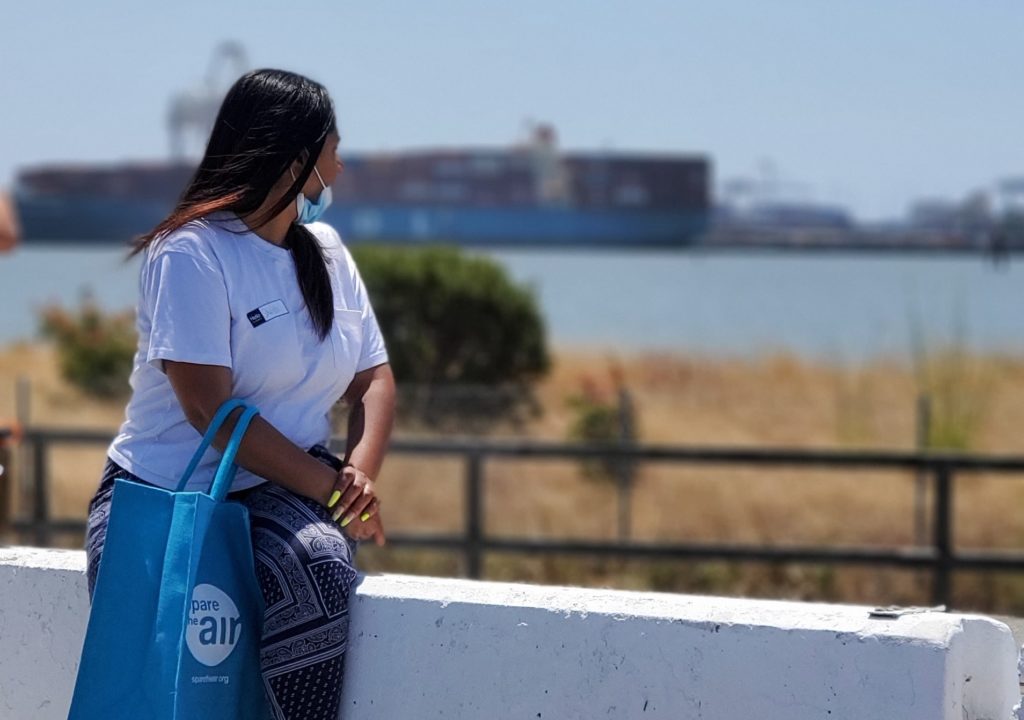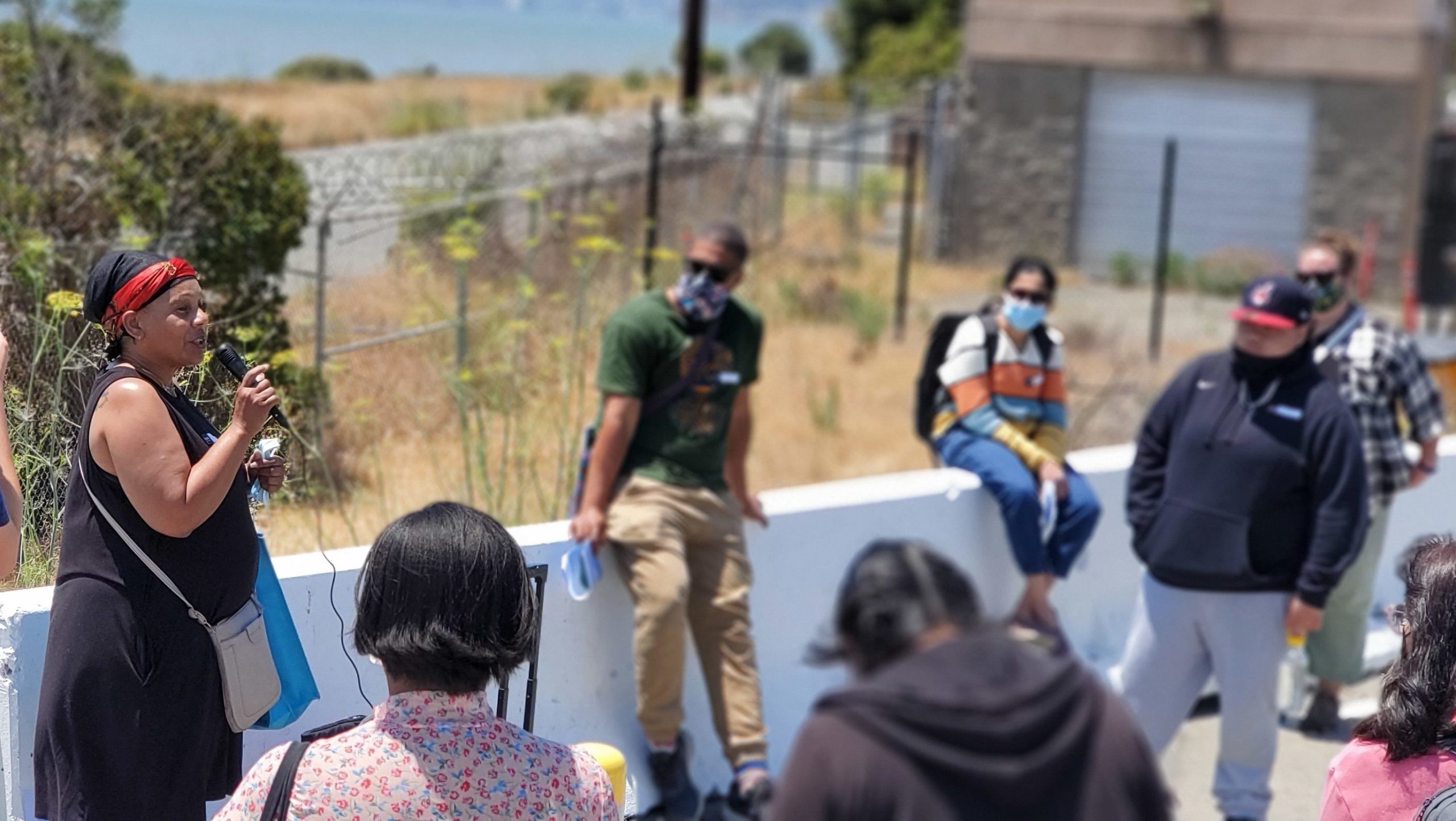We put the power of shoreline planning into the hands of the people. As sea levels rise and climate change continues its march, West Oakland’s communities face imminent risk from flooding, toxic and hazardous waste, and other issues affecting the Oakland shoreline.
In 2021, WOEIP launched the first ever Oakland Shoreline Leadership Academy to ensure local residents have a voice in shoreline planning.
Explore the Oakland shoreline!
Watch the class recordings and view the final presentations.
On the front line of the climate crisis
Sea-level rise and flooding can bring toxins into vulnerable neighborhoods, lead to increased illness, and can even displace whole communities living along Oakland’s shoreline. As the site of several major development projects, including Brooklyn Basin and the Oakland A’s Stadium, Oakland’s shoreline is at the heart of economic development that comes with significant environmental and social impacts on residents.
Oakland communities, especially those already living with the impacts of economic marginalization, need to be centered in these issues and engaged in creating the solutions. The OSLA puts shoreline planning in the hands of the people.


Community-rooted curriculum
The Oakland Shoreline Leadership Academy trains local change-makers of all ages from communities living on or near the Oakland shoreline. Over the course of six months, students will conduct asset mapping, develop a community engagement plan, and co-develop shoreline improvement projects. Our curriculum covers:
- Understanding the shoreline
- Sea level rise and shoreline toxins
- Habitat restoration and public access
- Economic development along the shoreline
- Green infrastructure and natural solutions
- Environmental communications and fundraising